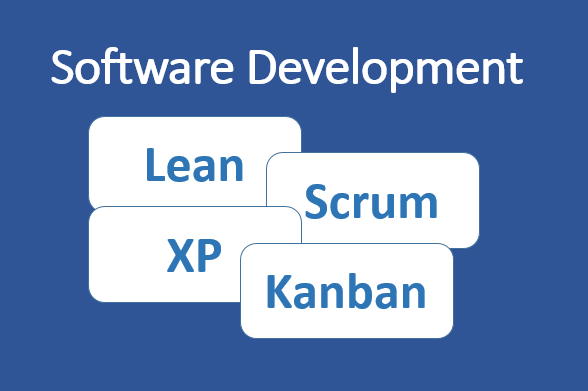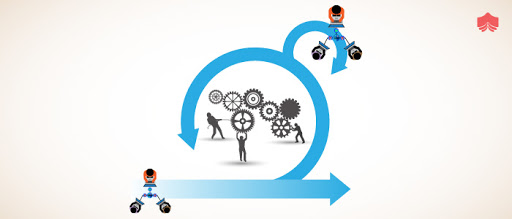Steve Denning writes outstanding articles about Agile, and I would like to give you some insights: here are some extracts from Ten Agile Axioms That Make Managers Anxious published in June on forbes.com.
Most managers have themselves grasped the need to be agile: a recent Deloitte survey (PDF) of more than 10,000 business leaders across 140 countries revealed that nearly all surveyed respondents (94%) report that “agility and collaboration” are critical to their organization’s success. Yet only 6% say that they are “highly agile today.” So, what’s the problem? Why the 88% gap between aspiration and actuality.
It’s not lack of knowledge as to what is agile management or how to implement it. The Laws of Agile are simple but their implementation is often difficult. That’s in part because they are at odds with some of the basic assumptions and attitudes that have prevailed in managing large organizations for at least a century. For example, Agile makes more money by not focusing on making money. In Agile, control is enhanced by letting go of control. Agile leaders act more like gardeners than commanders. And that’s just the beginning.
That’s one reason why merely training staff on Agile processes and practices by itself won’t make a firm agile. Implementing Agile requires a mindset that is fundamentally different from the traditional preoccupations with profit maximization and a philosophy of controlism.
Let’s look at ten of the Agile axioms that leave managers apprehensive, agitated, even aghast.
Continue reading Some notes about “Ten Agile Axioms That Make Managers Anxious” article



